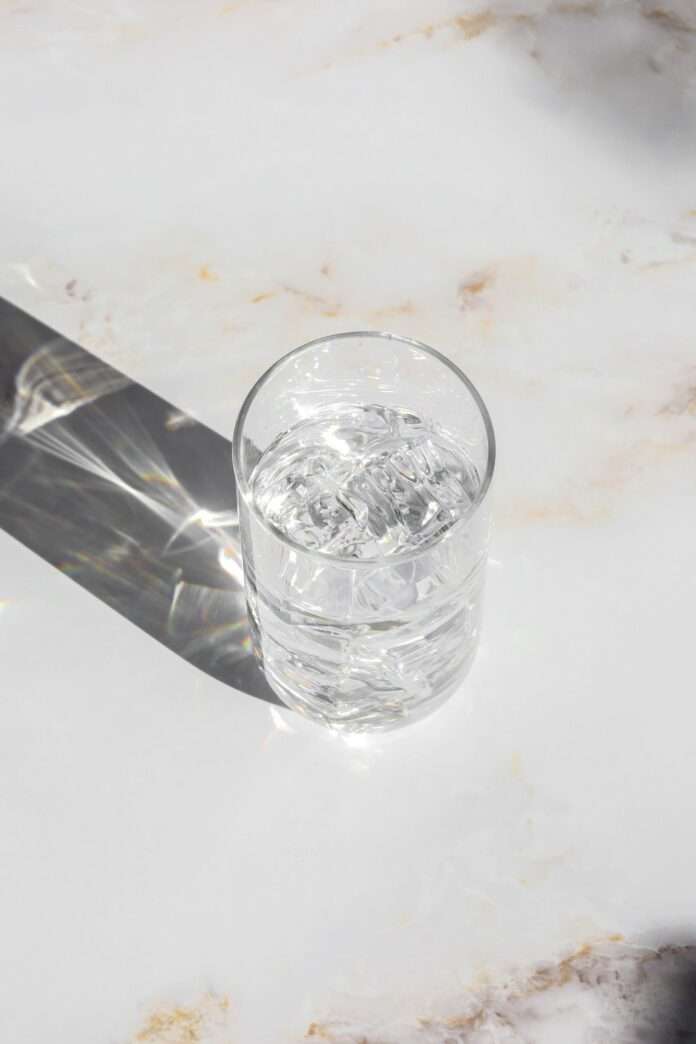Still buying bottled water? Switching to a home water filtration system is the more sustainable choice. And it may be healthier, too.
But if you don’t know whether you want a ceramic or UV filter, a filter on your faucets, or a filtration system that services your entire house, here is everything you need to know about the variety of systems.
Why filter your water?
In this day and age, it is hard to tell just how clean your water is. There only needs to be a tiny problem with the main pipe or poor maintenance of the source for your water to become contaminated and possibly harmful.
Tainted tap water rose to public attention following contamination in Flint, Michigan, several years ago. But according to recent data, between 1982 and 2015, drinking water for nine million to 45 million Americans came from a source that was in violation of the Safe Drinking Water Act.
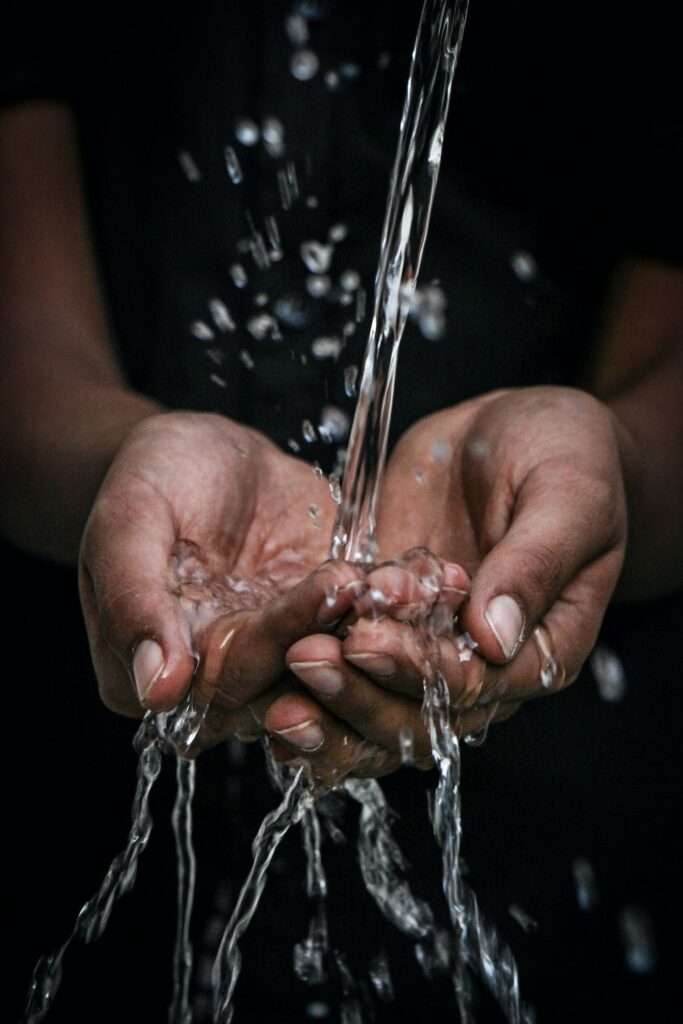
But opting for bottled water isn’t doing the planet — or your health — any favors. Plastic is a leading contributor to ocean pollution. Recent data found that more than eight million tons of plastic bottles wind up in our oceans every year.
Plastic contains chemicals that can be harmful to your health, too. Some of these chemicals, such as bisphenol A (BPA) and phthalates, have been linked to endocrine disruption, among other issues.
Type of filters
There are eight different types of filtration methods, all ranging in efficacy, price, and ease of use. Choosing the right water filtration system for your home can be difficult. The quantity of water you want to filter and how often you want it filtered will determine the type of filter you should get.
Activated Alumina
If your water is high in fluoride or arsenic, then activated alumina is for you. AA is a compound that, when activated, not only filters out these harmful chemicals but also bonds them to itself.
AA is also one of the most cost-effective filtration methods and is particularly useful for filtering water in industrial environments.
Alkaline Ionizers
Alkaline water filtration systems are designed to separate the acids of your water, making the water less harsh and “smoother” to drink. Alkaline water is touted to have some health benefits, but it is also good for your skin and hair.
Activated Carbon
Activated carbon filters are some of the most common you can find and are often found in faucet and countertop filters. The carbon removes toxins and pollutants from your water and is also one of the cheapest filters out there.
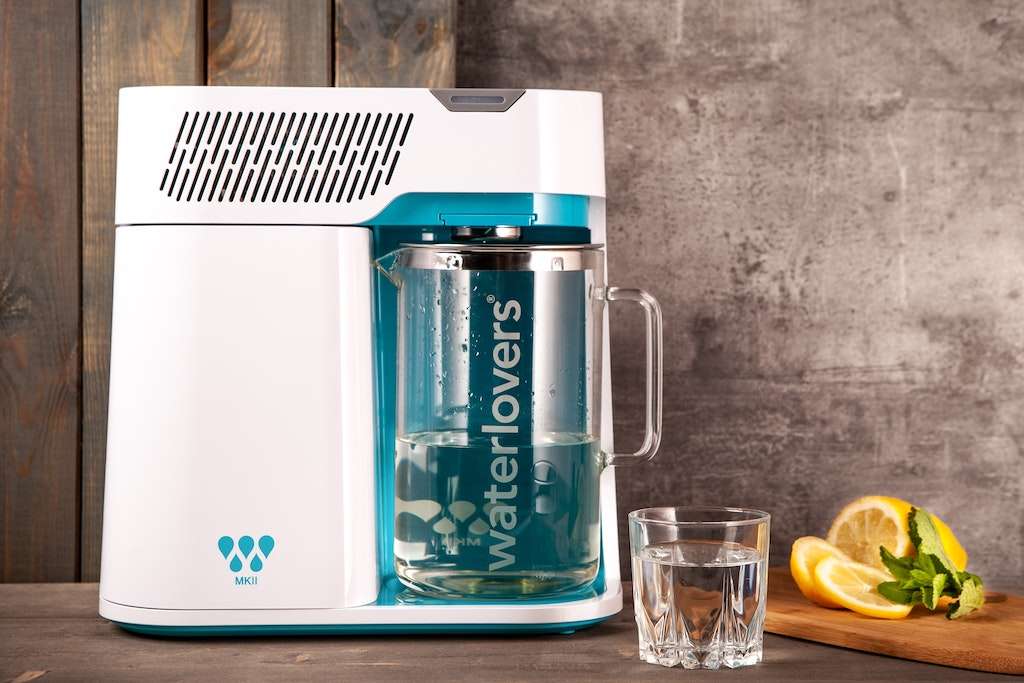
Ceramic Filters
Ceramic filters, often coated in silver, can trap pollutants in their tiny pores. The silver effectively kills bacteria and keeps your water algae and mold-free. While cost-effective, ceramic filters are slower and filtering and can often miss some water-borne viruses.
Distillation
Distillation is the process of boiling untreated water, creating steam, and then cooling the steam to create clean water. The boiling process removes bacteria and harmful chemicals from the water; the plus side is that you can do this with a few small pieces of countertop equipment.
Reverse Osmosis
On the more expensive side, a reverse osmosis filter forces water through a semipermeable membrane and extracts bacteria, metals, and other pollutants. It is a highly-effective system, but it is often more expensive than other methods on this list.
Sand & Sediment Mesh
A sand and sediment mesh filter is one of the most common and well-known filters. These filters don’t clean your water or take bacteria out of it; instead, they eliminate sand and sediment build-up in your pipes.
UV Light
A UV light filter is one of the most effective ways to kill microorganisms in your water. Used after the water has been filtered already, the UV light uses high-frequency radiation to destroy bacteria and viruses in the water.
Filter Systems
There are three main and most common water filtration systems that you would use for your home. They differ in efficacy, but the main difference is how much water they can filter at any one time.
Countertop
A countertop filter would be something like a BRITA. It is a jug or bottle with a filtration system that you pour the water into the clean water and slowly drains into the pitcher. These systems are some of the cheapest around and do a decent job of separating toxins, sediment, and bacteria from your water.
Faucet
A faucet filtration system is more expensive than a countertop one, but it works with the same principles. The water is filtered as it comes out of your tap and is clean and ready to use and drink immediately.
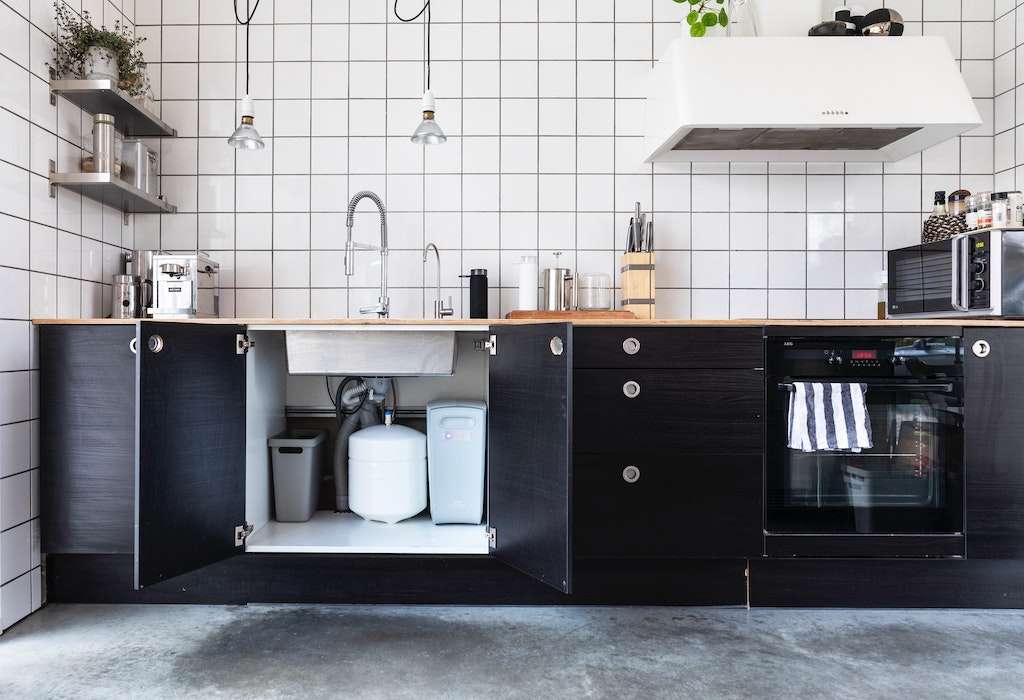
One of the biggest benefits of a faucet filtration system is that it can be self-installed and ready to use in a matter of minutes. They are also many attachment options, meaning you can install them in your kitchen, bathroom, or anywhere else you may want them.
Under-Sink
The next step up in systems would be an under-sink filtration system. These are some of the most advanced systems you can get for your home, and allows you to change what does and doesn’t get filtered, depending on your needs.
You are often able to add different filters to an under-sink system, and they are very efficient at filtering watering. Under-sink systems are definitely more expensive, but if the water you are exposed to is high in fluoride, sediment, or other toxins, it is one of, if not the best, ways to clean your home water.
Top water filter brands
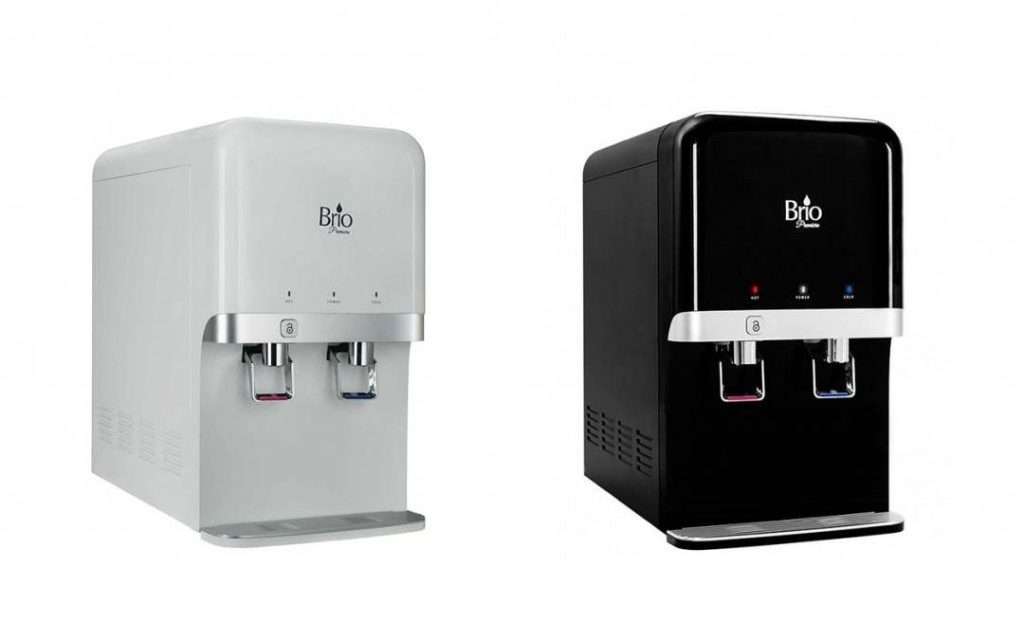
Brio
Brio Filtration Systems can work in residential, commercial, or industrial settings. The powerful filtration systems feature user-friendly set-up or installation for under-sink and tankless reverse osmosis options.
Aquasana
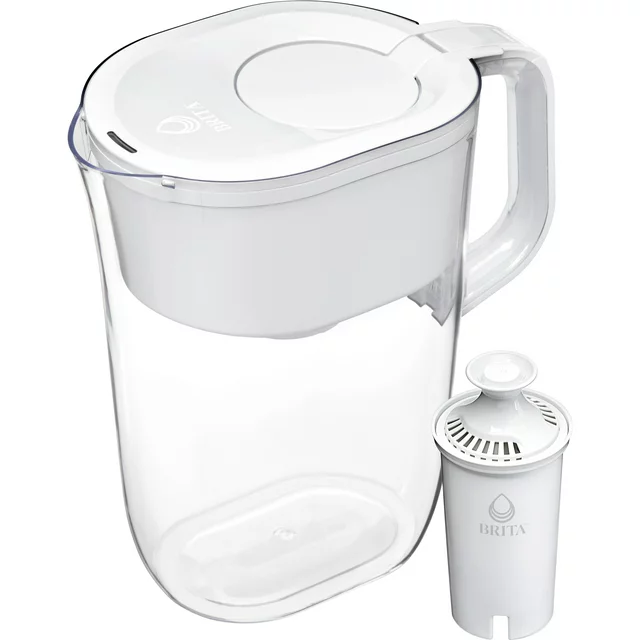
Brita
The classic tabletop filter pitcher, Brita is an easy way to filter water without the installation or prices of under-sink systems. The BPA-free pitchers filter out chlorine, copper, mercury, and cadmium and each replaceable filter, which lasts about two months, replaces up to 300 16.9-ounce plastic bottles.
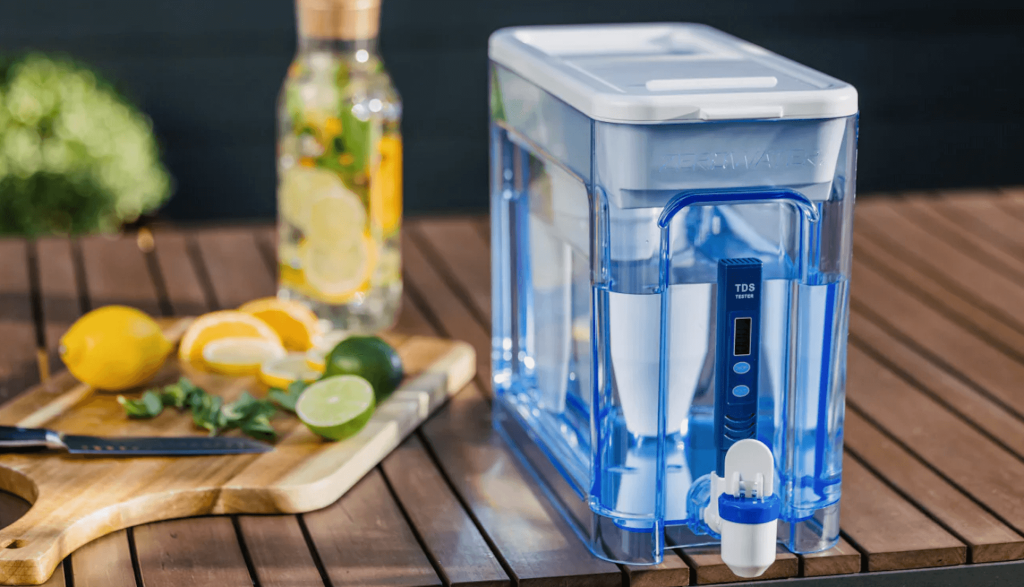
ZeroWater
Like Brita, ZeroWater water filters are easy to use and require no plumbing tweaks. The pitchers remove 99.6 percent of total dissolved solids while reducing your dependence on plastic water bottles. The 5-stage filters are the only pour-throughs certified by IAPMO to reduce PFOA/PFOS, lead, and chromium. Bonus peace of mind: Every 5-stage filtration system comes with a TDS meter so you can check the level of dissolved solids.
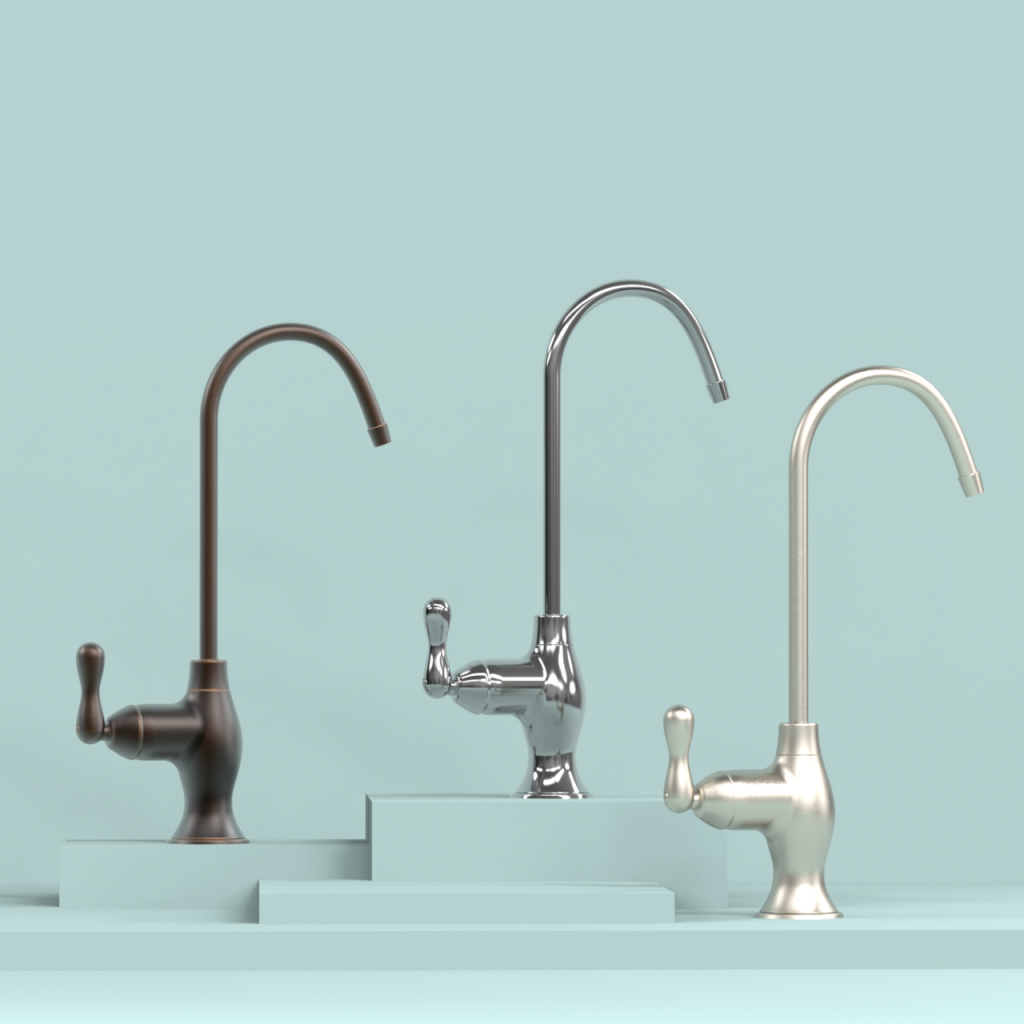
Brondell
With a range of options for under-sink, faucet, and countertop Brondell makes clean water easy. Brondell says all of its filtration systems are easy to install. Integrated filter-change indicator lights make knowing when to replace filters easy, too.
Related on Ethos:
All products featured on Ethos have been independently selected by our editorial team.
When you buy something through our links, Ethos may earn an affiliate commission.

